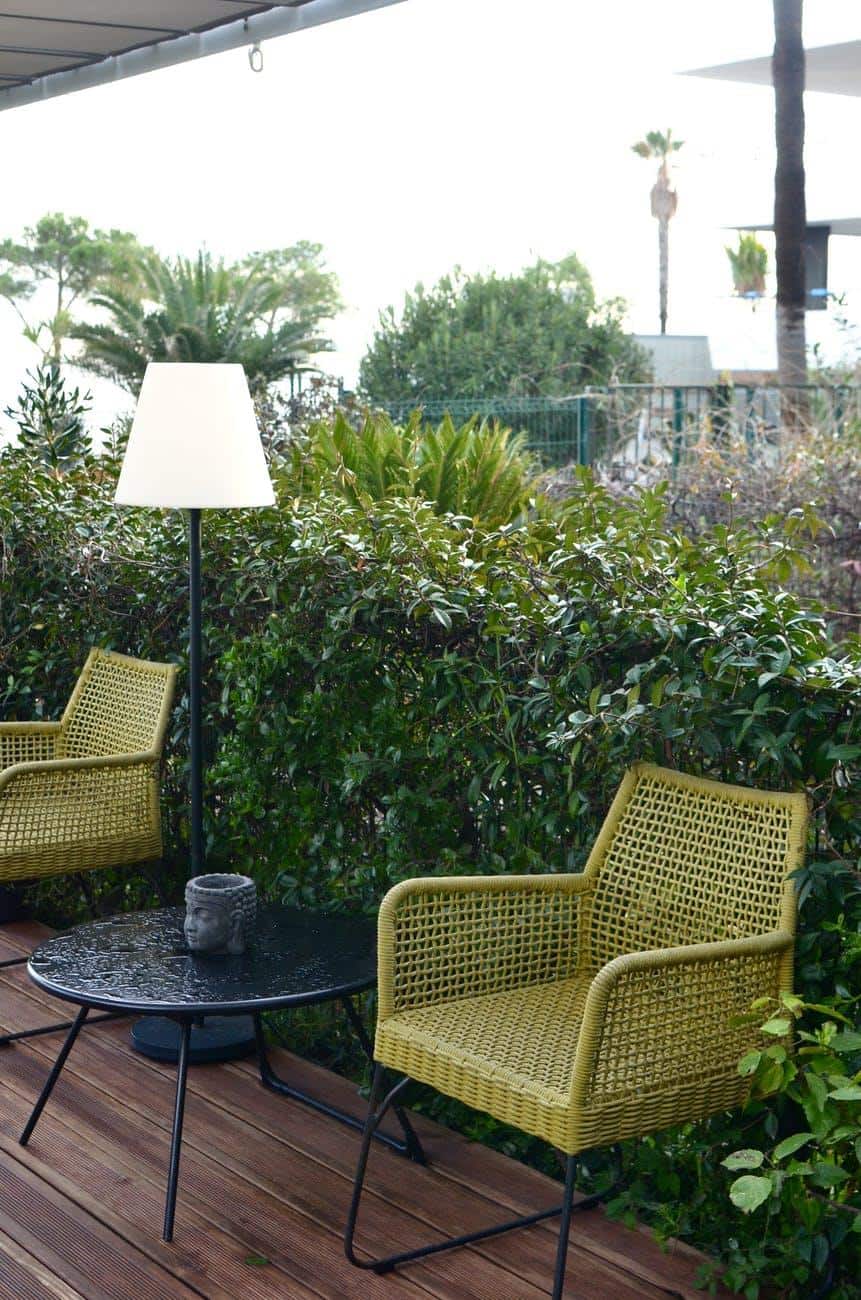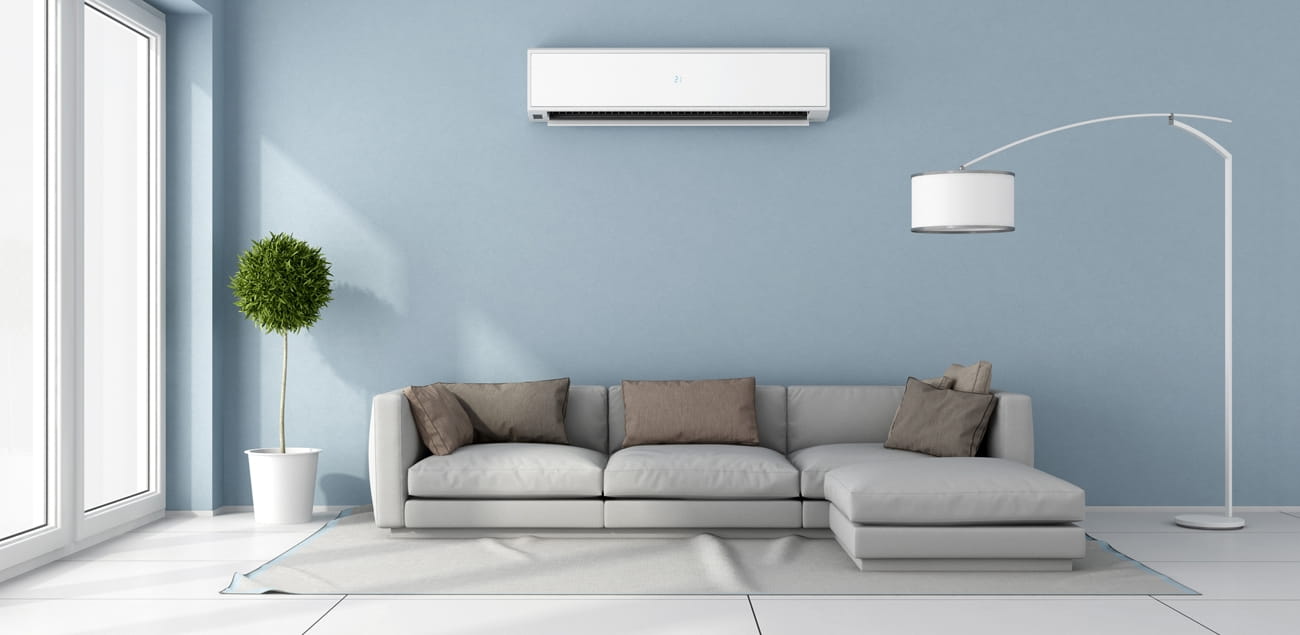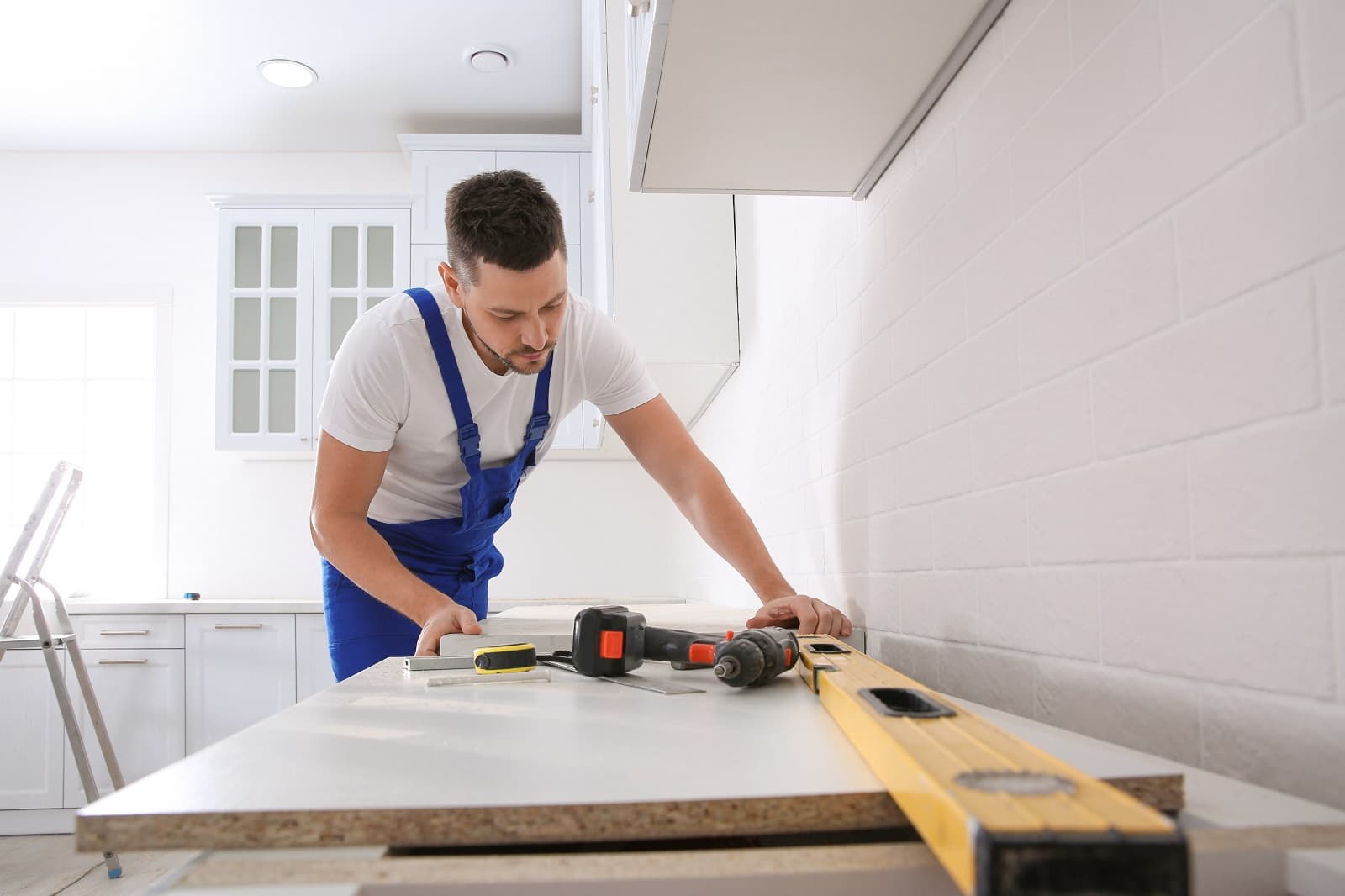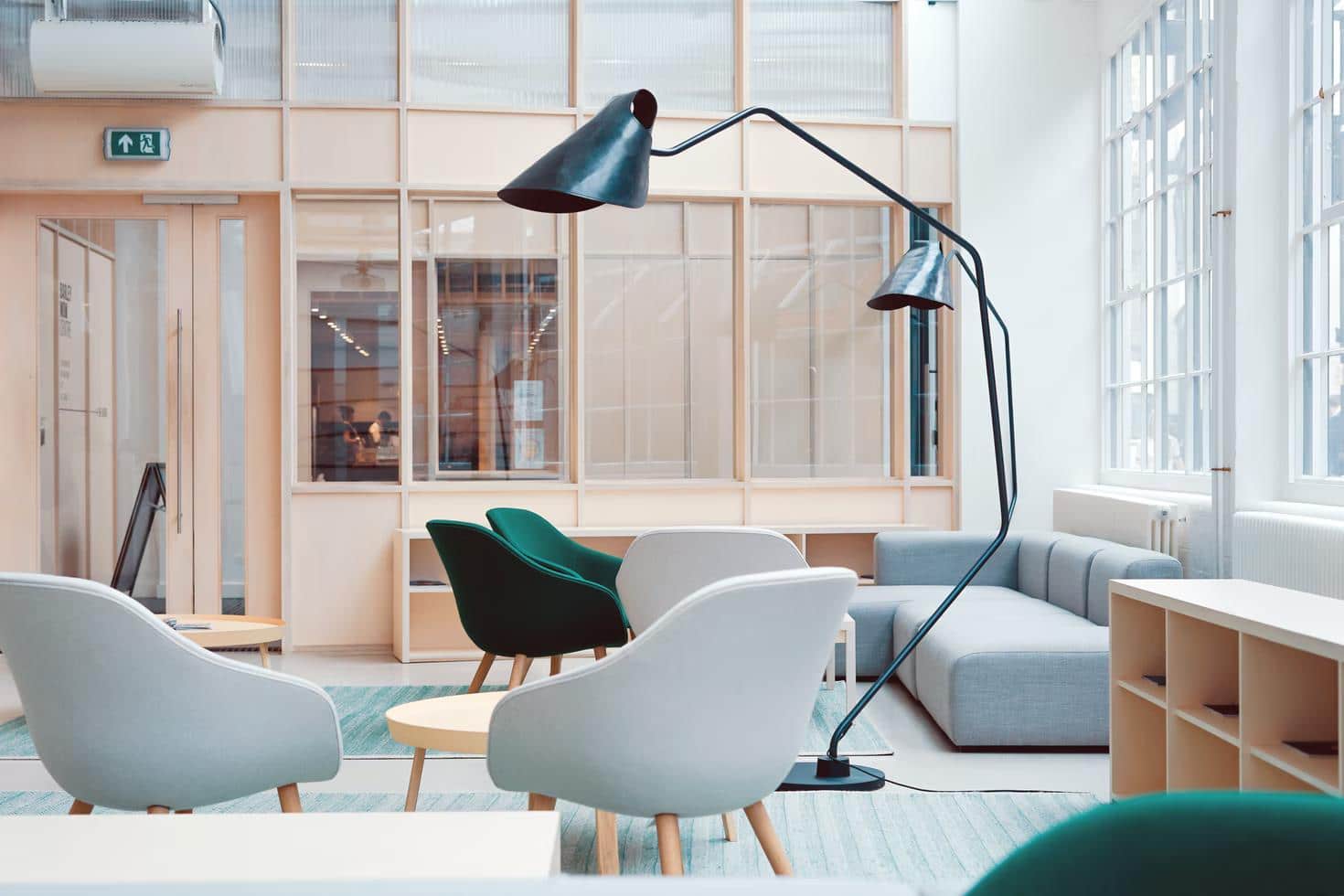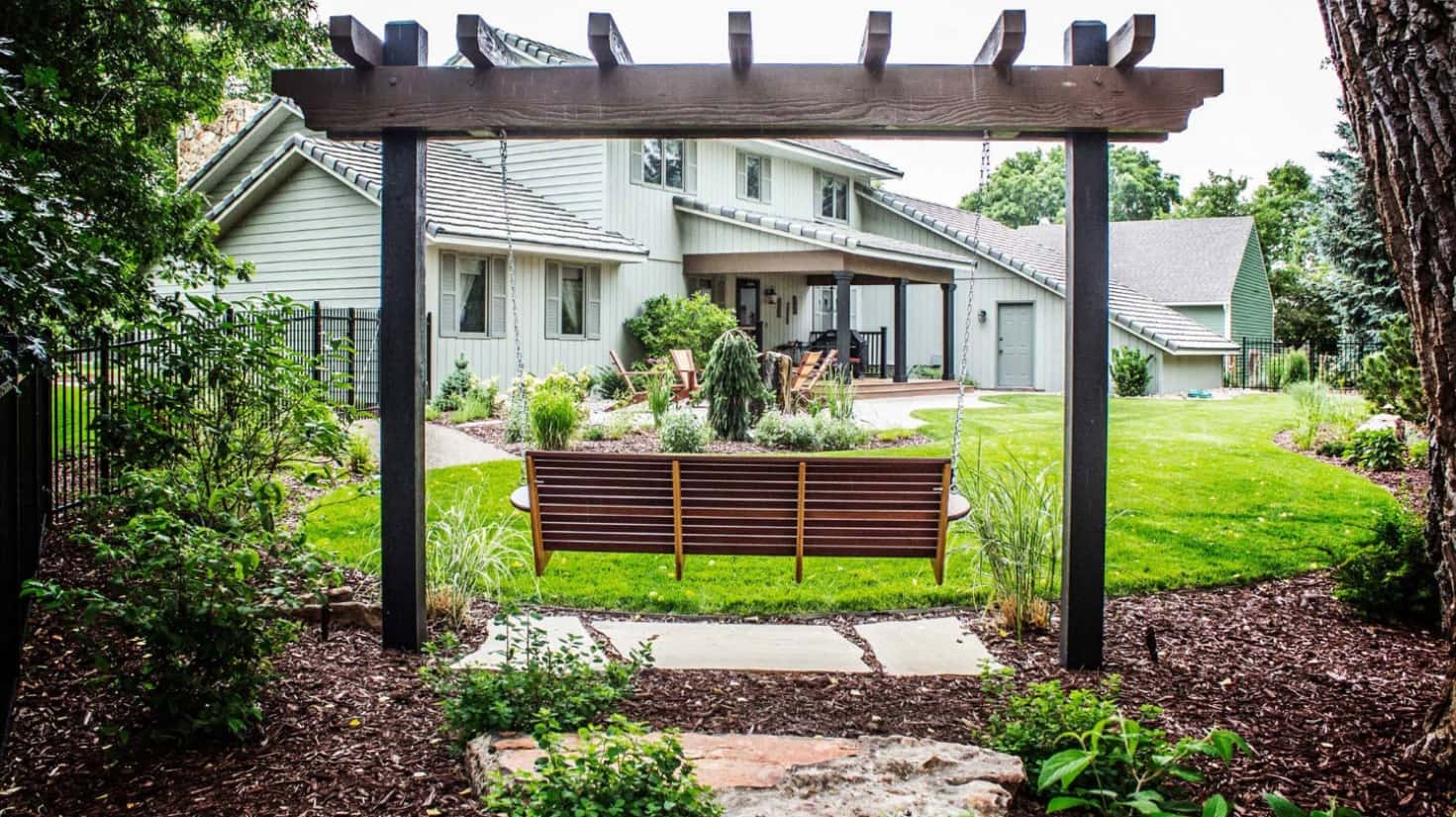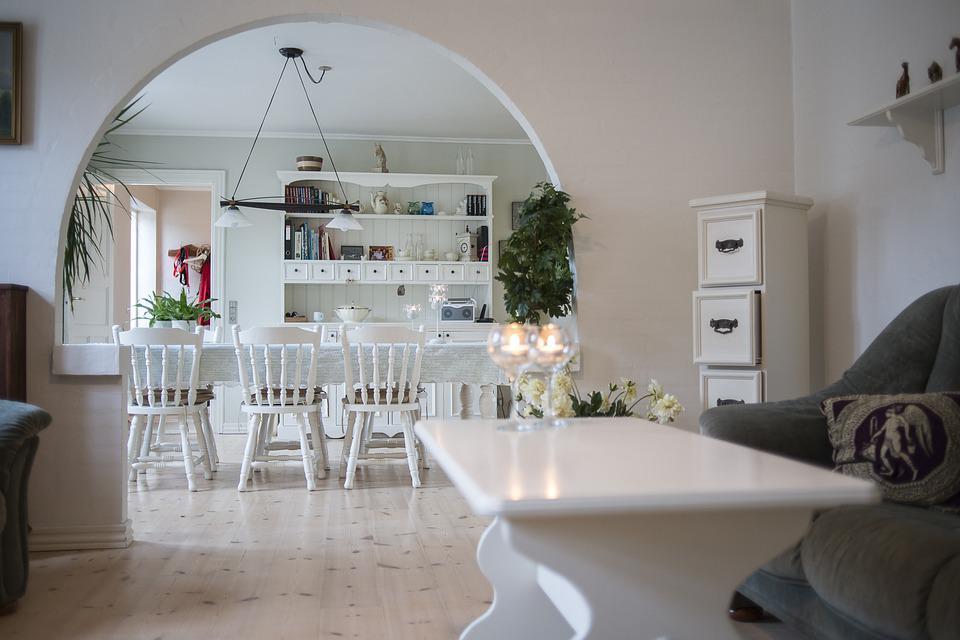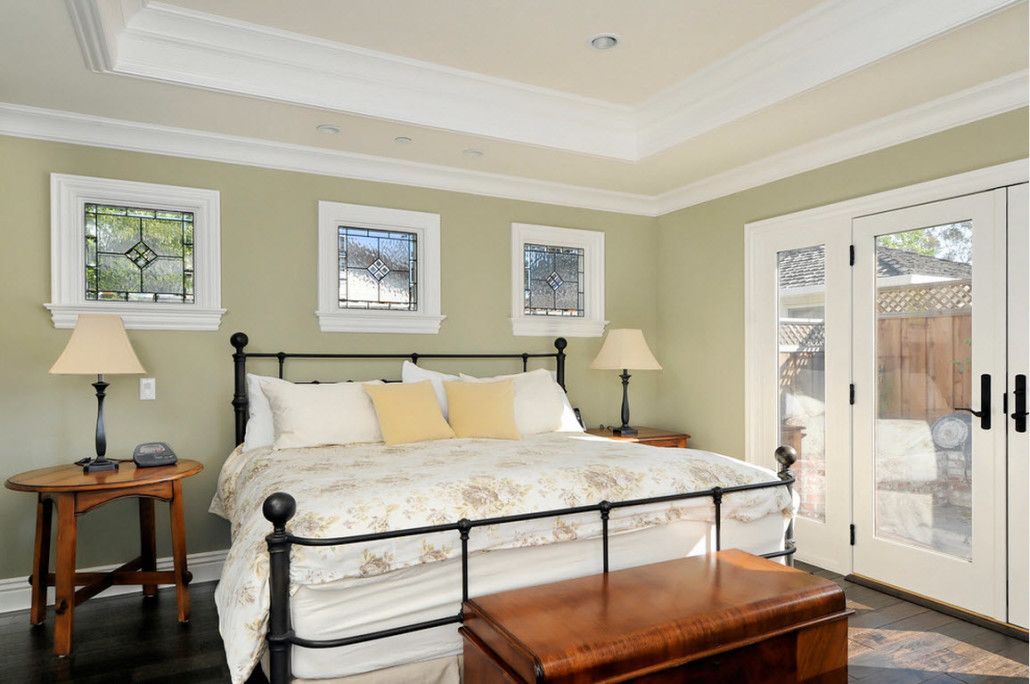Using the appropriate maintenance materials and coverings, you can ensure that your outdoor furniture will remain in excellent condition for years.
A patio is one of the preferred outdoor spaces to spend time in throughout the year’s warmer months. When the weather is nice, it is undoubtedly the greatest area to enjoy some family time. While many factors contribute to a great outdoor home experience, nothing adds more to a distinctive outdoor experience than the state of your outdoor furniture.
Most homeowners are concerned about their outdoor furniture being affected by weather since it is always kept outside. Depending on the material used, outdoor furniture can deteriorate with time in terms of usefulness, attractiveness, and even safety when continuously kept outdoors. However, there are a few simple steps to delay these weathering conditions.
Basics Maintenance
No matter what type of material it is made of, there are some methods to maintain outdoor furniture (including patio, etc.). First, we suggest you invest in coverings of outdoor furniture. You might think it is totally unnecessary, but it is not. It might be the most fundamental aspect to protect your furniture from deterioration. Direct sunlight, water, dirt, rain can cause severe damage or bleaching to your furniture. You can easily prevent this effect just by covering your furniture with a waterproof slipcover. And slipcovers also make monthly cleaning a little easier. And if they are movable, make sure to store them in a shed during monsoon and winter.
Regular Cleaning
You should clean the outdoor furniture at least four to five times per year or at the beginning of each season. Although it may seem like a bothersome process, it is necessary. Cleaning outdoor furniture is not as difficult as it may seem, and it does not need the use of a power washer. Also, it would be best if you did not use a power washer on a piece unless the manufacturer states that it is power washer compatible. Cleaning with a power washer may cause severe damage to most of the furniture.
Basic Cleaning Advice
Regardless of the surface and type of the furniture, there are some simple techniques for cleaning outdoor furniture.
- Wipe the parts down with a dry or barely wet cloth to remove dirt and debris.
- Do a more thorough cleaning of the surfaces using material-appropriate cleaning solutions.
- Allow the furniture to dry before re-covering it.
These three simple steps may seem relatively easy. However, if you clean the items vigorously before dusting, it can damage the surface of your furniture.
Types of Furniture
While there are specific fundamental methods for cleaning outdoor furniture, certain materials need different types of maintenance. The most commonly used materials for outdoor furniture are wood, plastic, aluminum, and all-weather wicker.
Wood Furniture
Outdoor wooden furniture is probably the most challenging surface to clean. Cleaning hardwood surfaces with water may be difficult because of their textures and intricate finishes. There are some chemical-based solutions for cleaning wooden furniture. After wiping the debris from your furniture with a slightly wet or dry cloth, you can use light wood cleaning solvents to clean the surface thoroughly. We suggest using oil-based solutions because they are non-toxic and easy to use.
When cleaning wooden furniture, use the solvent in small areas and clean it properly.
Allow the wood to dry completely before cleaning any mold that may have formed during the rainy months. After that, scrub the surface with a dry brush until the mold peels off. Once the mold has been removed, check for any additional problems and allow the wood to dry completely before continuing with the cleaning procedure.
Make a habit of wiping down outdoor furniture with a wet cloth at least once a week during highly used seasons, including summer and spring. This helps prevent dust and debris from ruining the wood’s aesthetics. If you think your older wooden furniture might need a renovation, you can give it one by sanding, sealing, and staining it. Woodhappen.com provides the best exterior wood sealer. This is also beneficial if you want to modify the pieces in the future when you change the color scheme.
Metal Furniture
Metallic outdoor furniture is stunning when new, but it can quickly deteriorate if not maintained timely and allowed to rust. While most metallic surfaces are simple to clean, each type has unique properties that need specific maintenance.
Start by removing the cushions. Use a garden hose and gently rinse the metal surface to remove any significant debris or dirt. Then, get a piece of cloth and soak it in soapy water, and clean the metal surfaces. Next, rinse the cloth well and re-wipe the surface with clean water. Finally, use a soft cloth to dry the surface. Keep an eye out for any joints or under surfaces. Avoid using alcohol-based cleansers, solvents, acids, or abrasive brushes, as they may corrode or scratch the surface.
Plastic and All-Weather Wicker Furniture
Outdoor furniture made from plastic and all-weather wicker are probably the easiest to clean. Also, these materials are low-maintenance and season-friendly for any region. After the first dusting, use a mild cleaning solvent, free of bleaching chemicals or abrasive particles. Corrosive and abrasive chemicals will damage and sometimes even destroy plastic furniture. To restore the shine to your plastic furniture, use a soft cloth to apply car wax. Also, car wax seals the furniture with a protective coating that prevents the elements from ruining the shining surface.
Conclusion
Maintaining your outdoor furniture is essential if you want to extend its lifespan. If you follow all the recommendations above, you can rest assured that your outdoor furniture will last for decades.

